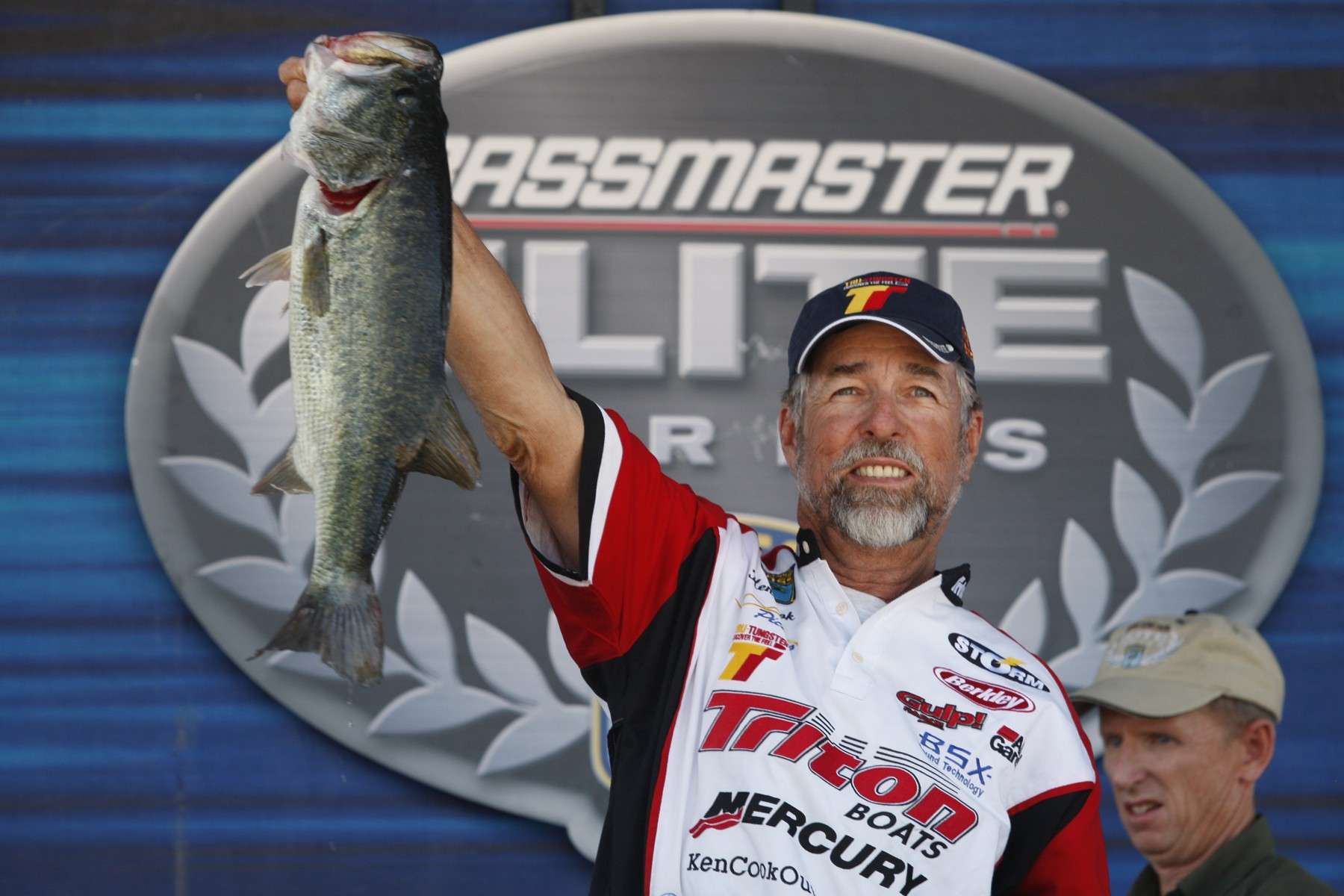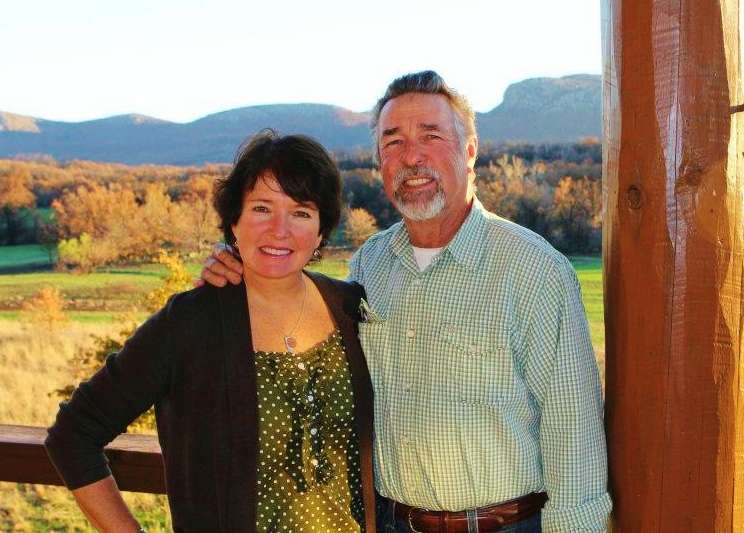
In late fall of 1988, B.A.S.S. held an Invitational on Bull Shoals Reservoir. I remember it clearly. It was one of my best showings to date, early in my career.
Gary Klein won the event by shaking a worm in schools of suspended spotted bass, over super deep water. It was a strategy that separated him from nearly everyone in the field and gave him almost unlimited locations to execute the pattern.
Lucky for me, his Day 1 draw was Ken Cook.
Setting the stage
This was back during the draw tournament era, when competitors shared a boat, each having control for half the day.
There was a lot of “salesmanship” involved back then — guys trying to convince their partners to ride with them and to fish on their spots. Being relatively new to the game, I was impressionable … to a point.
On Day 1, I drew a guy that wasn’t on any fish. He was more than willing to ride with me, and I was thankful for that opportunity. But lacking any real experience on highland reservoirs — especially at winter pool — I wasn’t sure my patterns would hold up.
The first was throwing lipless crankbaits over shallow flats in the back of silted-in creeks … places where a few baitfish schools still lingered. The other was throwing a buzzbait at isolated wood.
As it turned out, that first day went pretty well. I caught enough fish to reach the top 20 in a field of more than 300 anglers.
I drew Ken Cook on Day 2. And after spending the first day with Gary Klein, Ken was dialed in on the spotted bass bite. I told him I’d like to start on my fish in the morning, then I would yield to his areas the rest of the day. He agreed.
The lesson
The morning went well. Although I agreed to ride with Ken in his rig, I still managed two key largemouth from my spots — one was a 4 1/2-pound buzzbait fish. With that one, I knew I would make the money. Fishing was that tough.
Once the sun got above the tree line, we moved to Ken’s areas to target spotted bass suspended over deep water.
When we got there, Ken showed me exactly what he was doing. His lure setup consisted of a small, straight-tail worm, Texas-rigged with a 3/16-ounce bullet weight (unpegged). He tied it to 8-pound mono on a medium-action spinning outfit, approximately 6 1/2 feet in length.

To demonstrate the pattern, he pointed to his depthfinder and showed me faint images of fish holding at 18 feet over 60-70 feet of water. It was my first real introduction to fishing for suspended bass. (It’s important to note that this was back in the flasher/paper graph era, way before today’s more sophisticated electronics.)
I watched as he lowered his worm rig to the level of the fish, then shook it continuously. I asked why he was doing that, and he said they wanted it that way … that the fish were lethargic. Shaking the bait agitated them into biting.
Before I could question the logic, he bowed up on the first fish. Minutes later, he hoisted a bloated, 2 1/2-pound spot into the boat. From that point on, I didn’t need any convincing. I put my head down and went to work. And though the pattern was vastly different from those I figured out, I was having fun. And I was learning, which made it even better.
As our day wore on, we each caught and culled numerous spots … both of us steadily climbing the leaderboard. When the tournament concluded, we both finished in the top 10 — a good result on a lake I was completely unfamiliar with, and I learned a lot from the experience.
Ken was a hardcore competitor, driven and confident in his abilities. Some may have misunderstood that for arrogance. I did not. I liked Ken, and I respected him as a person. And I especially appreciated his encouragement. He and his wife Tammy gave me a book that changed the way I looked at things. In fact, I wrote about that, too.
Sadly, Ken Cook died in 2016. And though he’s gone, his legacy lives on.
Ken accomplished many great things in fishing — including winning the 1983 Super B.A.S.S. event on the St. Johns River and the 1991 Bassmaster Classic on the Chesapeake Bay. He was inducted into the Bass Fishing Hall of Fame in 2011.
Ken Cook was an absolute force to be reckoned with, but a great ambassador for the sport as well. Thanks Ken, for all you shared.

